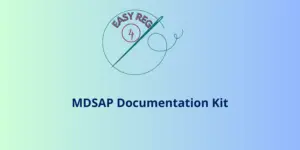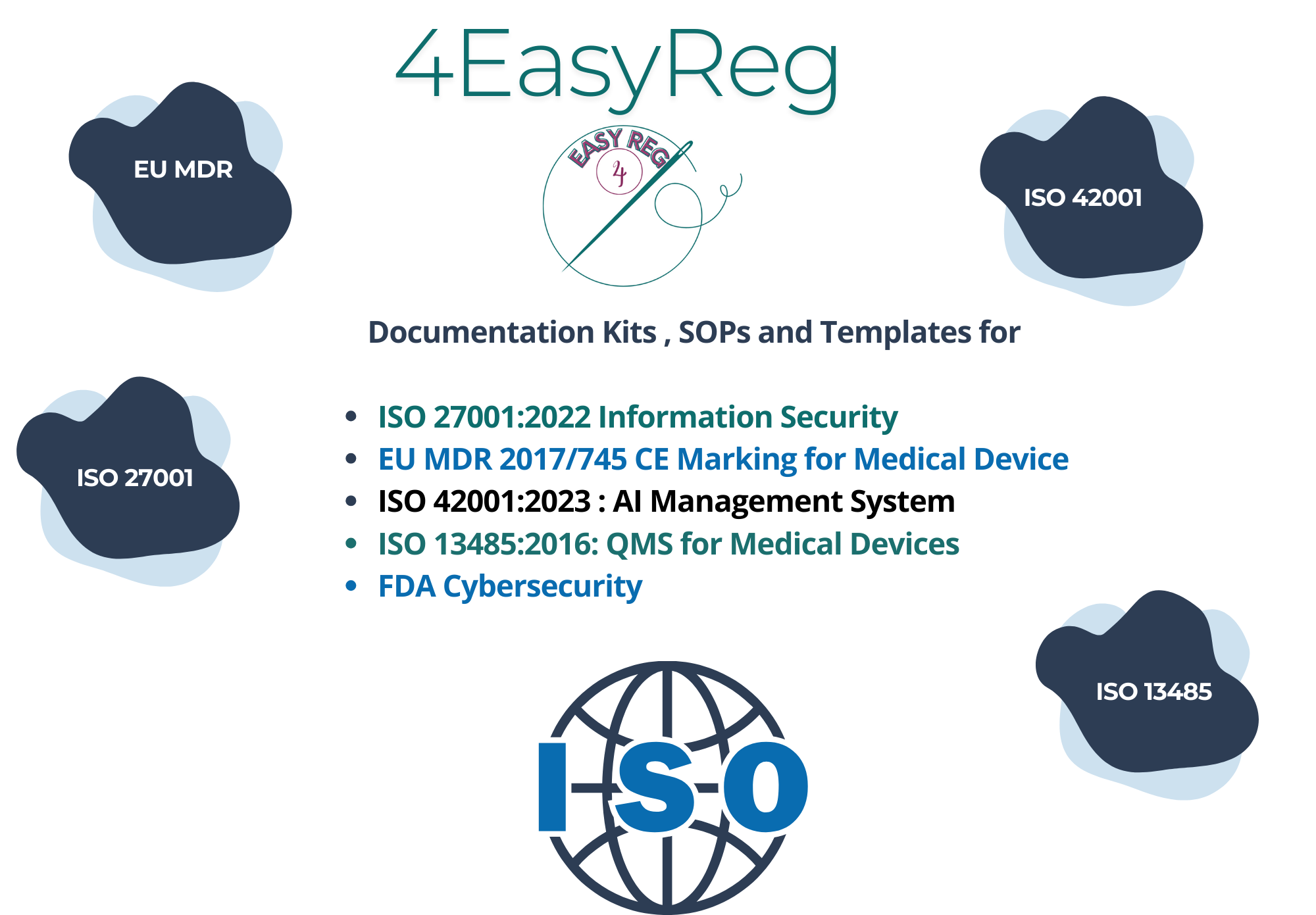Introduction: Digital Medical Devices Regulation
Direct to consumer (DTC) digital medical devices pose different challenges from regulation point of view; in this post I want to speak about the approach maintained by the Australian regulatory (TGA, Therapeutic Goods Administration) for these types of products.
Digital medical devices comprise of a wide class of different technology including connected devices, machine learning, mobile health, medical imaging, sensor and wearables, health data and analytics, Telehealth and much more. See here for FDA regulations for these types of devices.
Nevertheless, digital devices allows on the one side to use the most advanced technologies for medical application and, on the other side, to easily update the technology by consumers. This happens often without the filter of a medical prescription. In fact, the distribution of these devices occurs over the counter with no medical prescription.
For instance, examples of DTC devices include smartphone EKG devices, apps for calculating medicine dosage or apps for treating behavioural diseases. The benefit of DTC consumer devices are a lot, for example:
- Consumers are more engaged with their health
- Healthcare providers have access to more patient data
- Bigger data sets for population health
In general the main concern for DTC digital device is the accuracy/performance of the device. Furthermore, the performance of these devices does not include validation in a clinical setting.
-
 MDSAP Documentation Kit€359,00
MDSAP Documentation Kit€359,00
The Approach of TGA to the problem of Digital Medical Devices Regulation
Overall, the main challenges for DTC digital devices is the interpretation of the definition of medical device. The decision if a DTC health device falls in the medical device category is not straightforward.
For example for TGA, medical device definition is:
- any instrument, apparatus, appliance, material or other article (whether used alone or in combination, and including the software necessary for its proper application) intended, by the person under whose name it is or is to be supplied, to be used for human beings for the purpose of one or more of the following:
- diagnosis, prevention, monitoring, treatment or alleviation of disease;
- diagnosis, monitoring, treatment, alleviation of or compensation for an injury or handicap;
- investigation, replacement or modification of the anatomy or of a physiological process;
- control of conception;and that does not achieve its principal intended action in or on the human body by pharmacological, immunological or metabolic means, but that may be assisted in its function by such means;
- or an accessory to such an instrument, apparatus, appliance, material or other article.
If we go more in depth in the definition as Software as Medical Device, the SAMD definition does not include:
- – general health and lifestyle apps (not a MD)
- – software as part of a device (not regulated separately)
- – apps that control a medical device (accessory and MD)
- – apps that rely on hardware in addition to a general purpose computing platform, eg – sensors, to achieve their intended purpose
According to the current classification rules for TGA, most digital health device do not meet the definition of medical devices.
Challenges for Regulation of DTC digital devices
In this context, there are currently different challenges for regulation of DTC digital health devices. In particular:
- Gaps in the current framework: applicability of current regulation is offend odd and this generates uncertainty on the classification.
- Interpretation of ‘intended purpose’ to determine regulatory status
- “Off-label use” of medical-device-like consumer goods: as a consequences on the uncertainty on the classification side, many digital health devices are just sold as consumer devices.
- Consumer expectation for medical device = consumer good
- New industry players unfamiliar with medical device regulation
- Variable levels of consumer health literacy: these devices are sold Over The Counter and thus no filter from the medical prescription exist.
What TGA is doing to face the issue
TGA is introducing a new rules to appropriately classify SaMD products according to the potential harm they could cause to patients.
Moreover, TGA excluded SAMD from the personal importation provisions. For SAMD products, the inclusion in the ARTG (Australian Register of Therapeutic Goods) and the presence of Australian sponsor is necessary.
Finally, TGA will ensure the essential principles for medical devices include clear and transparent requirements for demonstrating the safety and performance of SaMD and other regulated software.
In conclusion, a proposal of new regulation is available. There was public consultation to ensure considerations for al the stakeholder. Next steps will be the revision of the proposed regulation to reflect the feedback received and as well as further consultations.
Subscribe to 4EasyReg Newsletter
4EasyReg is an online platform dedicated to Regulatory matters within the medical device, information security and AI-Based business.
We offer a wide range of documentation kits to support your compliance efforts towards a wide range of standards and regulations, such as ISO 13485, EU MDR, ISO 27001, ISO 42001 and much more. . Specifically, in our webshop you will find:
- ISO 13485 Documentation / Compliance Kit
- EU MDR Documentation Kit
- MDSAP Documentation Kit
- ISO 27001 Documentation / Compliance Kit
- ISO 42001 Documentation / Compliance Kit
- FDA Cybersecurity Documentation
Within our sister platform QualityMedDev Academy, a wide range of online & self-paced training courses is available, such as for example:
- Complaint Handling and Vigilance Reporting
- Artificial Intelligence in Medical Device. Regulatory Requirements
- Unique Device Identification (UDI) Requirements according to EU MDR
- Clinical Evaluation Process According to EU MDR
- Medical Device SW Verification & Validation
- Risk Management for Medical Devices
- Usability Evaluation for Medical Devices
As one of the leading online platforms in the medical device sector, 4EasyReg offers extensive support for regulatory compliance. Our services cover a wide range of topics, from EU MDR & IVDR to ISO 13485, encompassing risk management, biocompatibility, usability, software verification and validation, and assistance in preparing technical documentation for MDR compliance.
Do not hesitate to subscribe to our Newsletter!
